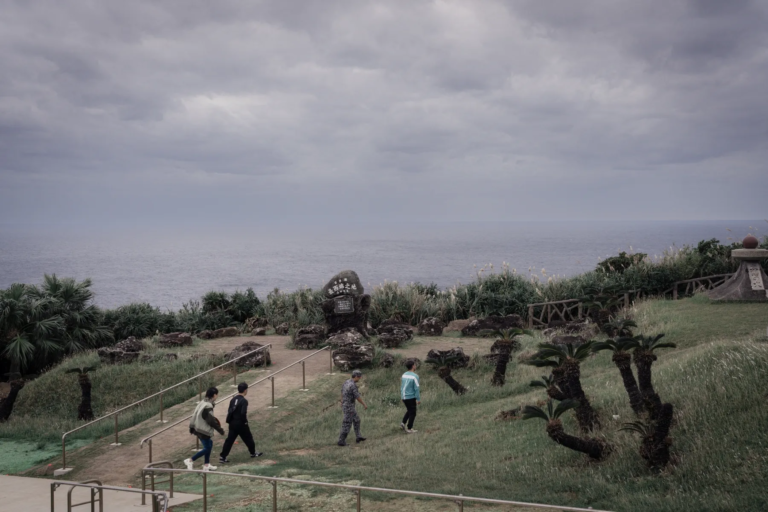
Participating in LFEs while also continuing necessary readiness training required innovative solutions to deliver combat-ready airpower to both efforts. From airfield management to F-16 Fighting Falcon pilots, the entire Wolfpack put their skills to the test during FF 25-1 to assess and enhance integration and further reinforce the alliance.
“Freedom Flag is important because it allows U.S. and ROKAF to train and practice the full life cycle of a complex large force exercise and identify both strengths and areas where further investments can be made to increase deterrence,” said U.S. Air Force Lt. Col. Dana Merrill, 80th Fighter Squadron commander.
“The Wolfpack pulled together, from operations, maintenance, mission support and medical domains to support both lines of effort through extended duty-days, and we demonstrated great resiliency in response to challenge, as well as demonstrated balancing resources to fulfill multiple priority lines of effort simultaneously,” Merrill stated.
Emphasizing this, U.S. Air Force Staff Sgt. Brooke Edwards, 8th Logistic Readiness Squadron reception noncommissioned officer in charge, added, “Working and training alongside ROKAF ensures our relationships are strong and our communication remains seamless.”.
FF 25-1 scenarios provide critical training for Airmen to improve mission execution under high-pressure conditions alongside ROKAF counterparts, honing the skills required for peak bilateral performance in both peacetime and contingency operations.
“You need to train the way you would fight with the team you have,” stated Merrill. “Doing so allows you to understand and maximize the complementary contributions of the joint and allied participants and identify areas where further investment can boost deterrence and interoperability even further.”
The Freedom Flag series will continue to evolve to prepare combat training scenarios for dynamic threats by sharpening decision-making, mission execution and rapid response, particularly in precision operations across air, ground and space domains, at locations dispersed across the Korean Peninsula. The mission remains clear: to defend the base, accept follow-on forces, and take the fight North.





